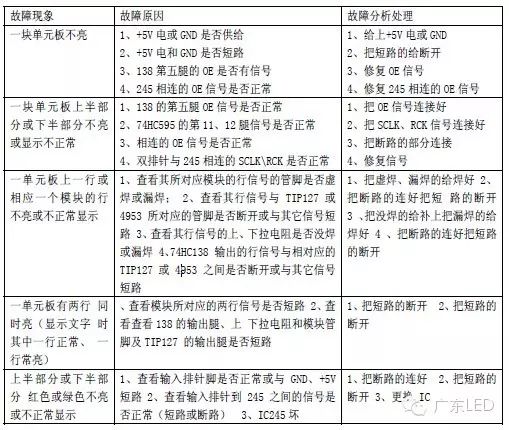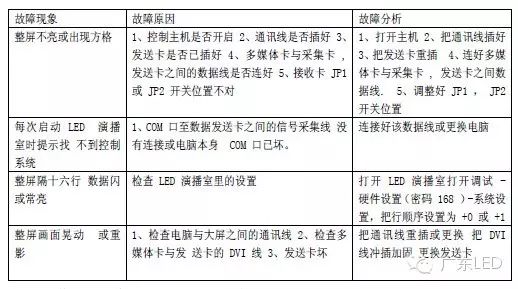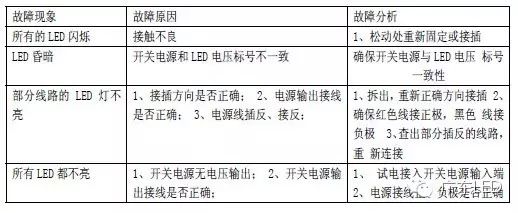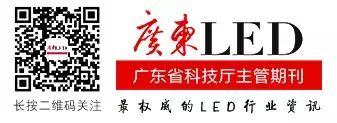Inscription by Song Hai, former Vice Governor of Guangdong Province, managed by the Provincial Department of Science and Technology, co-hosted by the Provincial Semiconductor Lighting Industry Joint Innovation Center, the Provincial Semiconductor Light Source Industry Association, and the Shenzhen LED Industry Association (5A Class).
With the rapid development of large-scale integrated circuits and computer technology, LED display technology, as an emerging display technology, has also been significantly improved. Especially, high gray level displays are widely used for corporate image promotion and public information display due to their modern appearance. Looking back at the development of LED displays, in the early 1990s, all-weather indoor and outdoor dual-color gray level screens gradually developed, referred to as the fifth generation of LED displays abroad, and with the development of computers, 3D animations and various special effects display methods injected new vitality into the fifth generation of displays.
1. Overview of LED Digital Displays
LED Display (LED display): Also known as electronic display screens or scrolling display screens. It is composed of LED dot matrix, which displays text, images, animations, and videos through the on/off of red, blue, yellow, white, and green LEDs. The content can be changed at any time, and anything you think of can be displayed on the screen as long as it is input into the computer. All components are modular display devices.
Components of LED Digital Displays: Typically composed of display modules, control systems, and power systems. The display module consists of a dot matrix made up of LED lights, mainly responsible for emitting light. The control system can display the desired content such as text, images, and videos by controlling the on/off of corresponding areas, while the constant motion card is mainly used for playing animations; the power system converts the input voltage and current into the voltage and current required by the display.
Outstanding Performance of LED Displays: The luminous brightness is strong, and the displayed content is clearly visible even when sunlight directly hits the screen surface within the visible distance. Super gray level control has 1024-4096 levels of gray control, displaying colors over 16.7 million, with clear and realistic colors and strong three-dimensionality. Static scanning technology adopts a static latching scanning method with high-power driving, fully ensuring luminous brightness. Automatic brightness adjustment has the function of automatically adjusting brightness to achieve the best playback effect in different brightness environments.
Classification of LED Digital Displays
(1) Classification by Display Device:
LED Digital Display: The display device is a 7-segment digital tube, suitable for making clock screens, interest rate screens, etc., displaying numerical electronic display screens.
LED Dot Matrix Graphic Display: The display device consists of a dot matrix display module made up of many evenly arranged light-emitting diodes, suitable for displaying text and image information.
LED Video Display: The display device is made up of many light-emitting diodes and can display various video files such as videos and animations.
(2) Classification by Series: Can be divided into LED curtain wall screens, LED soft screens, LED floor screens, LED stripe screens, LED bar display screens, LED ultra-thin screens, and LED arc screens.
2. Design of LED Digital Displays
Taking a hotel as an example to discuss the design and maintenance of LED digital displays.
The size of the LED display that can be hung in the hotel is: 55CM * 1700CM
The size of the single-color unit board is as follows: P10 is 160 * 160MM; P16 is 256 * 128MM; P20 is 320 * 160
The hotel chose P16 LED unit boards, and the actual area of the LED screen is: 51.2CM * 16.9CM = 865.28CM2
A total of 264 P16 LED unit boards were selected.
Hardware Requirements:
The basic configuration of the computer is required to be:
Host CPU: Celeron CIV 1.8G (with ISA interface) or above, Memory: 128M, Hard Disk: 20G, CD-ROM drive: 48x, Color Display: 15″, Floppy Drive: 3.5″, Keyboard: 101-key WIN98 keyboard, Mouse: PS/2
Twisted Pair; VGA Connector;
System Software List: Windows System; JLL-LED ANIMATOR PRO 3D MAX; ULEAD 3D COOL; MDK 5.0; LEDSHOW 3.0; Microsoft PowerPoint.
Power Supply: 220W/2A Power Supply.
Video Control Card
3. Common Fault Maintenance of LED Digital Displays
Faults can be divided into two types: one is a fault in the driving system, and the other is a fault in the control system.
1. Fault in the Driving System:

2. Control System:

LED Module Fault and Control System Solutions

